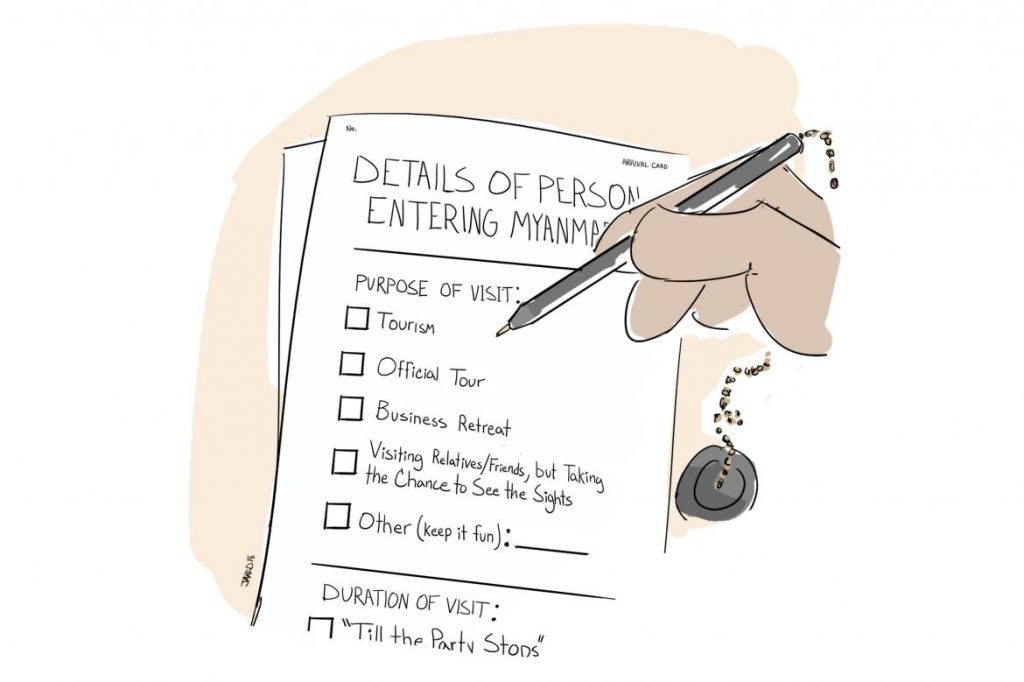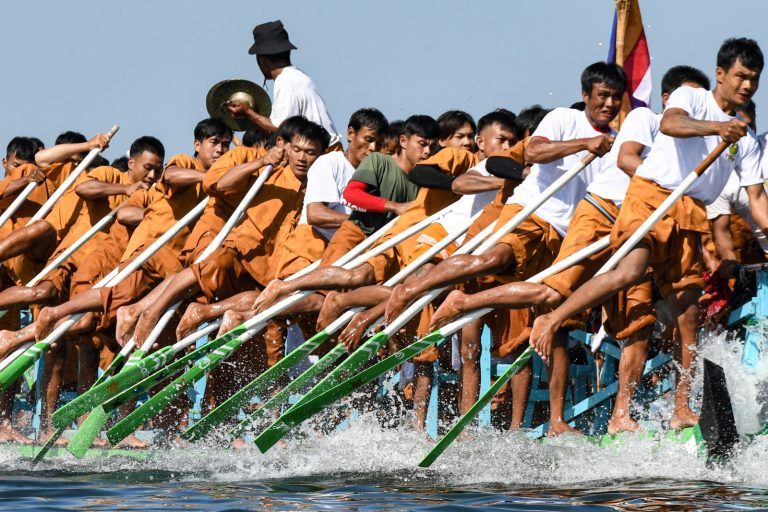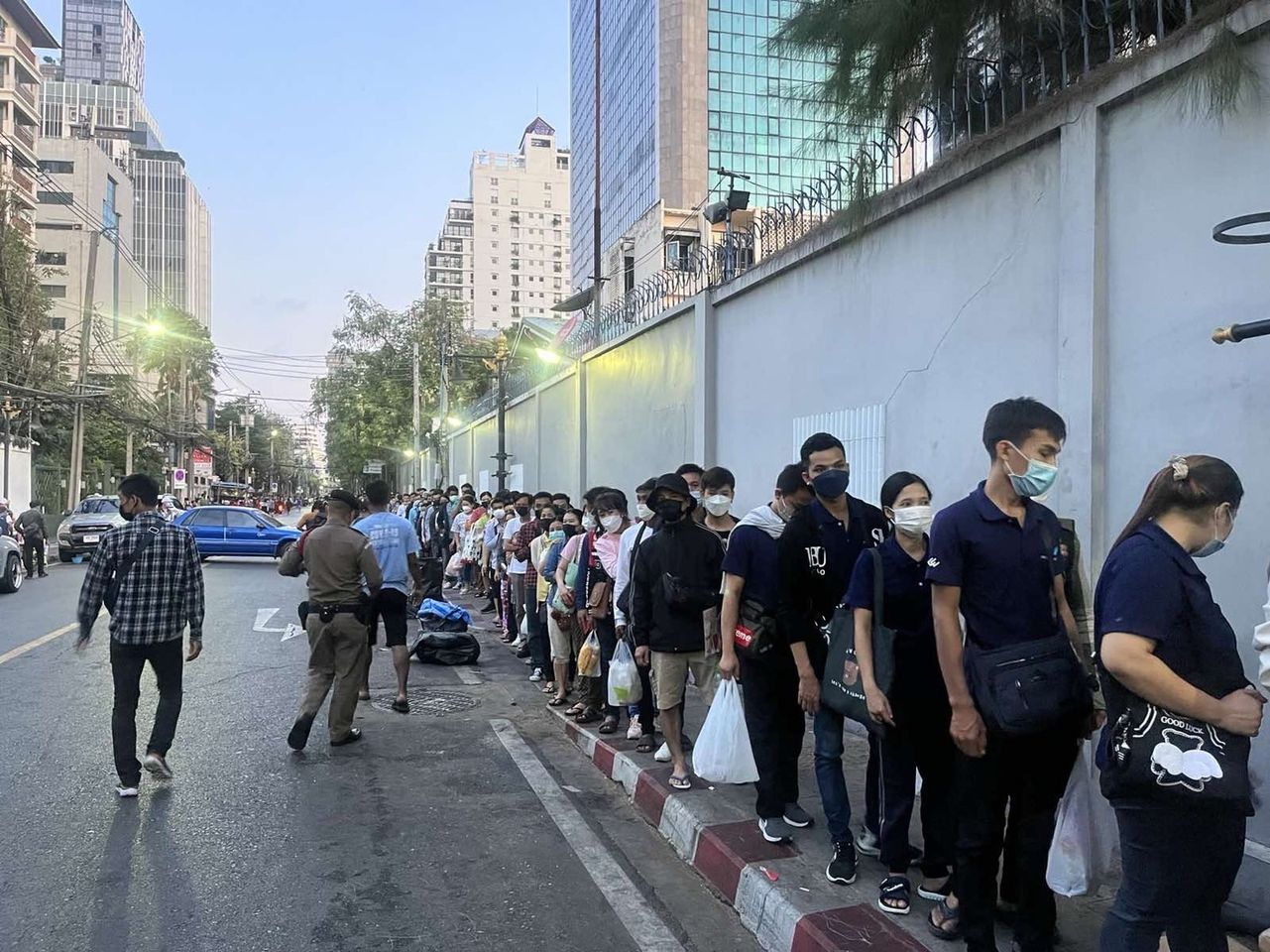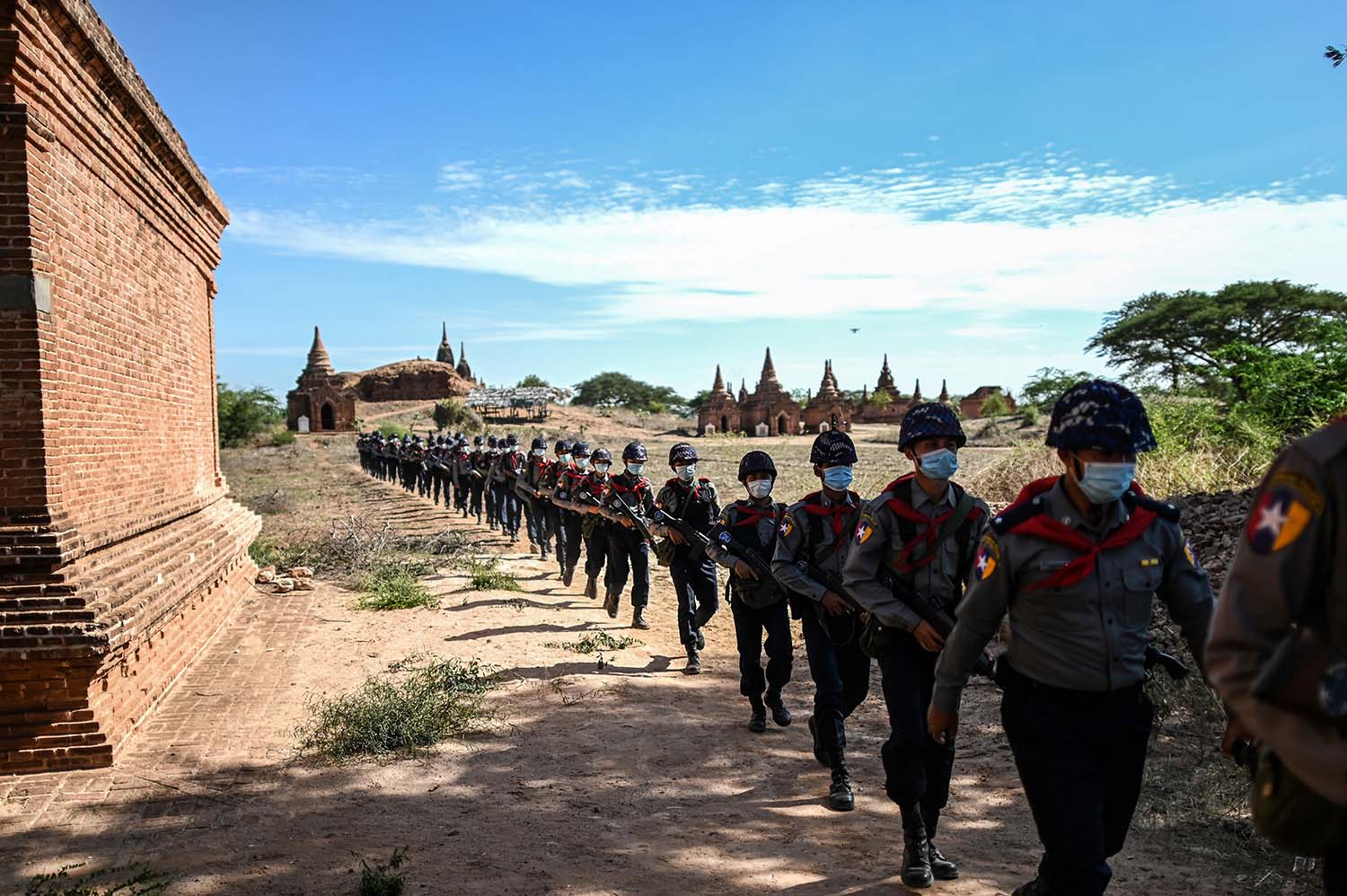Myanmar is living a lie. And it’s being perpetrated by the Ministry of Hotels and Tourism.
Let’s get one thing straight. Myanmar did not receive more than 4.5 million tourists in 2015.
This is a fiction, inflated by the addition of millions of day-trippers from neighbouring countries who spend a couple of hours inside Myanmar’s borders and make a negligible contribution to the economy.
U Thein Sein’s government manipulated the figures so it could glow in the reflected glory of a fake tourism boom, and pretend that its stewardship of the sector had brought about a golden age. Of course, it wasn’t the first government to attempt such a move, and it won’t be the last – they do it all the time.
But there are several disturbing elements to this. The first is that too often the media and those in the industry parrot the inflated figures. Second, the new administration hasn’t sought to properly balance the ledger, by separating out land, sea and air arrivals, and also breaking them down by visa category. Instead, it has taken the easy route and continued the charade.
This confected top-line figure hides the reality: tourism is flatlining. Anecdotally, many travel companies reported a drop in business last year. To some extent this was a temporary slump driven by political uncertainty in the lead-up to the election. It’s also structural: the tourism “boom” has encouraged many new entrants into the sector, heightening competition between operators.
Support more independent journalism like this. Sign up to be a Frontier member.
The growth in internet use has reduced reliance on the services that travel companies offer, because tourists can now book directly with hotels, airlines and other service providers. And then there’s the simple fact that Myanmar remains an expensive destination.
Even while it claims an increase of 50 percent, the ministry’s own, more detailed figures – available under the “publication” tab on its website, for those who are interested in learning more – show that arrivals growth has been modest. The real tourism boom, if you could call it that, took place in 2012-13. The sector began to slow in 2014, and went backward last year.
Recognising that day-trippers add little to the tourism industry – or the economy generally – the ministry actually strips them out when it calculates how much the average visitor spent in Myanmar. As a result, tourism’s contribution to the economy grew only 18 percent last year.
The figures show that entries through Yangon rose just 15 percent in 2015, from 1.022 million to 1.180 million. But this rise was based solely on a 70 percent increase in “other” visitors – free and independent travellers (FITs) and business visitors were down, while there were negligible rises in package tourists and social visitors.
According to the ministry, “other” is those who don’t self-identify by one of the other categories on their visa arrival form. It seems unusual that at a time when arrivals growth overall is low, one ill-defined category would increase so significantly, but the ministry can’t explain why. It doesn’t even really know who they are – one official speculated that they might be cultural visitors, or students.
Even the Ministry of Labour, Immigration and Population thinks the numbers are bogus. In July last year, when the tourism ministry was trumpeting 1.5 million million arrivals in the first five months of the year, an immigration ministry official told The Myanmar Times that over the same period only 300,000 people arrived on a tourist visa. “We don’t know how the Ministry of Hotels and Tourism counted the tourist numbers,” a deputy director said.
Which brings us to the real problem here. Myanmar gains nothing from pretending its tourism industry is growing exponentially. In fact, it becomes the loser, because the real story – the one that should guide planning and policy, and business’ operations and investment – is obscured. The false growth also suggests the government’s current promotion and market development strategies are working, when this is far from the case.
The ministry needs to know more about who is visiting and why so that it can more effectively market the country to potential tourists. It needs to find out what visitors liked and didn’t like about their stay, so it can establish strategies to ensure repeat business. It needs to identify ways to moderate prices and make Myanmar more competitive with its neighbours. It needs to move faster in promoting new destinations and more varied tourism offerings.
But first, it should stop lying about the size and growth of Myanmar’s tourism industry.
This editorial first appeared in the August 11 edition of Frontier.







